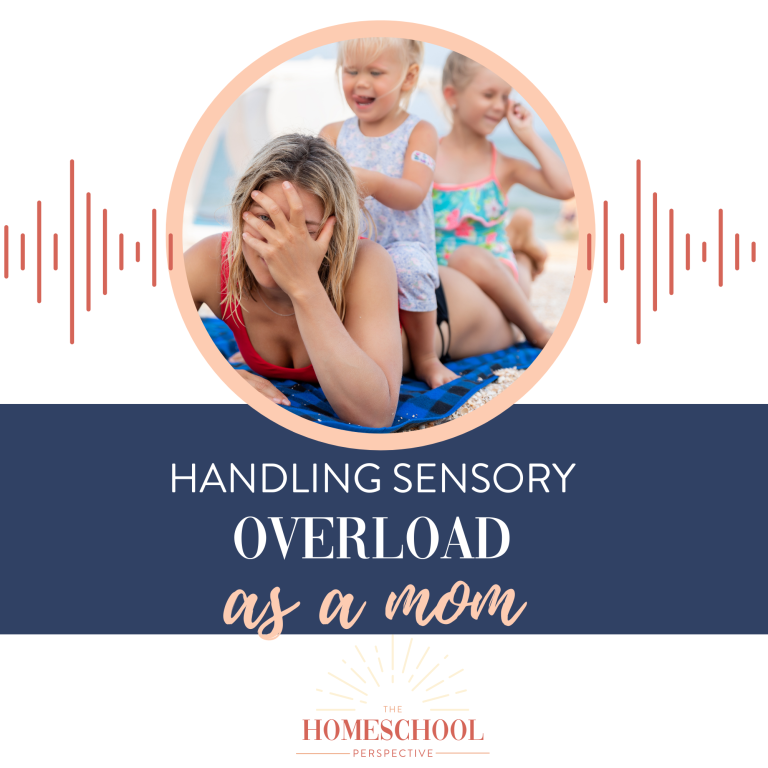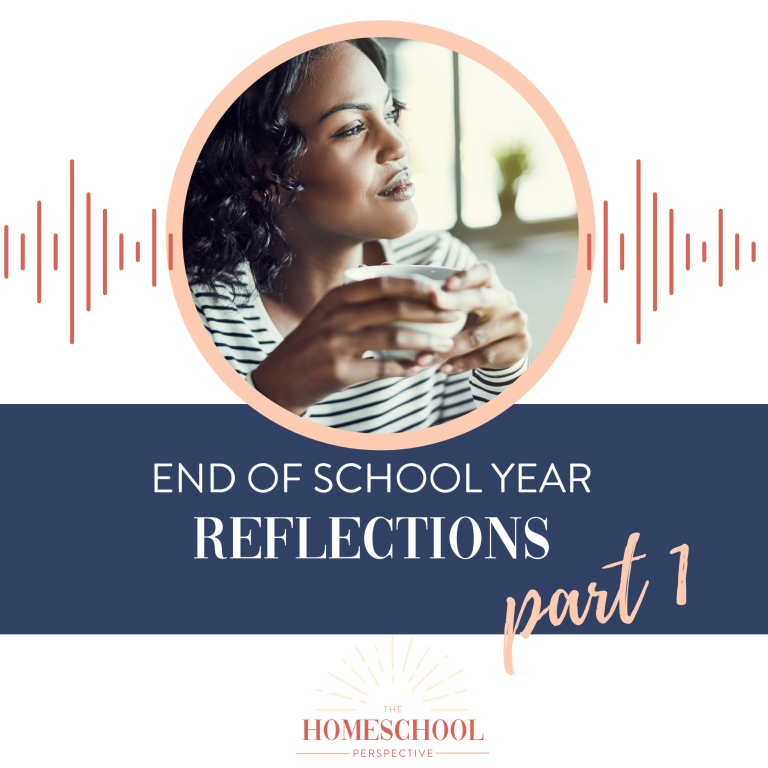Navigating the noise: raising kids who think critically
In today’s world, we have access to more information than ever before—but that doesn’t mean we’re more informed. Between headlines designed to provoke, social media soundbites, and a constant flood of opinions, it’s easy to feel overwhelmed, confused, and even manipulated. As homeschool parents, one of our greatest responsibilities is to raise kids who can think critically, ask strong questions, and discern truth from noise. But how do we do that in a way that equips them—without exhausting them (or us)?
In this episode, we’re breaking down what it really means to be informed, how to help our kids develop discernment, and why a little healthy skepticism might be the key to navigating today’s information overload.
Critical Thinking: An Essential Life Skill
Mark Twain famously said, “If you don’t read the newspaper, you are uninformed. If you do read the newspaper, you are misinformed.” That quote, once a clever commentary on media bias, now feels eerily prophetic in a world where information is everywhere—yet clarity is harder than ever to find.
As homeschooling parents, we’re not just educating our children academically; we’re preparing them to navigate a world overflowing with conflicting narratives, emotional headlines, and viral soundbites. The ability to think critically, discern fact from opinion, and approach information with healthy skepticism is no longer optional—it’s essential. But how do we equip our kids with these skills without overwhelming them (or ourselves) in the process?
The Problem: Too Much, Too Fast
In past generations, people received news at a slower pace—perhaps a morning newspaper or an evening broadcast. Today, we’re bombarded with real-time updates, algorithms that push emotionally charged content, and a culture that rewards outrage over understanding.
It’s no wonder many adults feel overwhelmed. But if we, as grown-ups, struggle to process this flood of information, how much more difficult is it for our children?
So the question isn’t just how do we stay informed? but rather, how do we teach our kids to engage with information in a way that builds wisdom instead of worry?
Step One: Teach Discernment from an Early Age
Being informed doesn’t mean knowing everything—it means knowing how to evaluate what you hear. That starts with a fundamental skill: asking strong questions.
For younger kids, it can be as simple as teaching the difference between fact and opinion. Did Jonah really get swallowed by a whale? Or does the Bible say it was a “great fish”? Is Brussels sprouts being “disgusting” a fact or just a personal taste? By weaving these conversations into everyday life, we help our kids see that not all statements carry equal weight.
For older kids, the questions become deeper:
- Who is presenting this information, and what might their bias be?
- Are they providing evidence, or just making emotional appeals?
- What are the primary sources behind this claim?
The goal is not to turn our kids into skeptics who trust no one, but to help them develop a thoughtful approach to information—one that invites curiosity rather than knee-jerk reactions.
Step Two: Model It Ourselves
Let’s be honest: How often do we read something online, get immediately upset, and react without verifying the details? Our kids are watching. If they see us falling into the trap of emotional news consumption, they’ll assume that’s how it works.
Instead, let’s model discernment:
- Pause before reacting.
- Seek out multiple perspectives.
- Verify claims with primary sources.
- Admit when we don’t know something—and make a habit of looking it up.
A great way to do this with kids is by analyzing headlines together. Why did the writer choose certain words? What emotions do those words provoke? Does the article include solid evidence, or just strong opinions? Practicing this skill regularly helps kids recognize manipulation tactics when they see them.
Step Three: Recognize Our Own Limits
While we want our children to be informed, we also need to recognize that no one—child or adult—can carry the weight of the world’s news at all times.
There are seasons where we simply don’t have the emotional or mental bandwidth to process everything. And that’s okay.
Part of teaching critical thinking is also teaching emotional regulation—recognizing when it’s time to step back and refocus on what’s within our control. Some of the most thoughtful people in history also knew when to limit their exposure to overwhelming information in order to think deeply about what mattered most.
This isn’t hiding from the world—it’s protecting our ability to engage meaningfully with it.
Step Four: Equip Kids with Practical Tools
So what does this look like in real life? Here are a few ways to integrate critical thinking into your homeschool and everyday conversations:
✔ Teach kids to identify bias – Read the same news story from different outlets and compare language choices. Who is presenting facts, and who is inserting emotion?
✔ Use primary sources – If a law is being debated, read the actual bill instead of relying on secondhand interpretations. If an event is unfolding, look for direct statements from those involved.
✔ Encourage “why” questions – If your child hears a claim, ask, “Why do you think that’s true? Where did you hear it? How could we check?”
✔ Give them permission to say, “I don’t know” – Teach kids that they don’t need an immediate opinion on everything. Taking time to research before forming a stance is a strength, not a weakness.
✔ Help them recognize emotional manipulation – If a headline makes them feel extreme anger or fear, ask, “Do you think that was written to inform or to provoke?”
✔ Model respectful disagreement – Teach kids that intelligent, kind people can hold different opinions—and that disagreement doesn’t mean the end of a relationship.
Raising Thinkers, Not Just Consumers
In a world where misinformation spreads faster than truth, teaching our children to think critically is one of the most powerful gifts we can give them. We don’t have to shield them from the world, nor do we need to overwhelm them with its complexities. Instead, we can equip them with the skills to engage wisely, think deeply, and ultimately, make a meaningful impact.
And isn’t that the goal of education—whether we’re talking about history, science, or simply the ability to navigate life?
Let’s raise kids who don’t just consume information, but analyze it. Who don’t just react, but respond with thoughtfulness. Who don’t just follow the noise, but seek out the truth.
Because in the end, raising critical thinkers doesn’t just change how our kids interact with the world—it changes the world itself.






